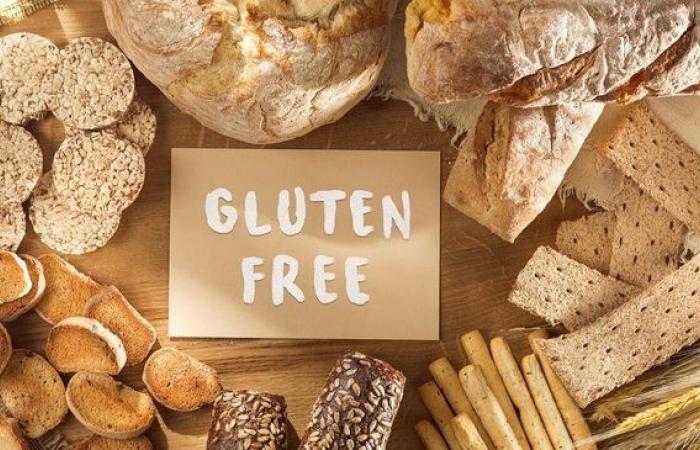In our country, more and more foods without TACCboth for celiac as well as for those who seek to eat healthily. However, Many of these commercial products lack a significant amount of fiber and protein, while containing considerable amounts of fat and allergens..
In Argentina – for example – one in every 12 children, under 5 years old, suffers from some type of Food Allergy; while the same is reflected in 1% and 2% of the country’s population according to the Argentine Association of Allergy and Clinical Immunology. In this sense, researchers from the University of Buenos Aires (UBA) carry out a project focused on improve nutritional quality and avoid allergens in foods without TACC, incorporating non-traditional ingredients and replacing fats.
“There are some foods that trigger, in sensitive people, an immune response and produce different types of symptoms. These might be dermatological manifestations, gastrointestinal, respiratory and in the worst case, a anaphylactic shock which can lead to death. These types of foods are known as the ‘big eight’: milk, egg, soy, crustaceans, nuts, wheat, peanuts and fish. “They are what trigger more than 90% of food allergies,” said the project director. Laura Lopezresearcher and professor of the Chair of Bromatology, of the Faculty of Pharmacy and Biochemistry of said study house.
“After analyzing the gluten free food products on the market“What we sought was to formulate foods that do not have at least some of the allergens, and that have a higher nutritional quality than what can currently be found in stores,” adds the food science expert. Consume gluten does not provoke an immediate and life-threatening response, but rather gradually affects the bodywhich can trigger serious long-term complications, such as certain types of lymphoma (cancer that develops in the white cells of the lymphatic system, affecting lymph nodes, the spleen, the thymus and the bone marrow -among others-).
What does the novel UBA study propose?
The main objective of the research is break the myth that if a food is gluten-free it is healthier. Although they have benefits on the one hand, suffer from nutritional deficiencies for another. In this way it was proposed to address these challenges developing gluten-free foods that are also free of common allergens as is the case of milk, soy, peanuts, and eggs.
This involves formulating products using alternative ingredients that improve their nutritional quality. The first thing the researchers did was analyze the gluten-free products. They carried out an extensive survey in various stores and diet stores in the City of Buenos Aires: the products included premixes to cook pizzas, cakes, cookies and bread, as well as ready-made sweet and savory foods: croissants, puddings, cookies, cereal bars, noodles, breads and toasts.
Among the alternatives proposed by the research team is the iIncorporation of ingredients with high nutritional value such as teff flour, lupine flour, pea protein and inulin. At the same time, they point out the importance of replace saturated fats with better quality oilsAs the soy oil. And to what has already been mentioned, add the enrichment with vitamins and ironsomething that is guaranteed with a national law in wheat flour but does not exist for gluten-free premixes and flours.
For its part, within the framework of the research work, from the UBA developed an innovative method to detect allergens, which can improve the accessibility of safe foods for those with dietary restrictions. This method, developed by Dr. Karina Cellerino in his doctoral thesis, it is more economical than kits existing commercial ones and allows identifying the presence of soy, egg, peanut and milk proteins in matrices with gluten-free flours.






